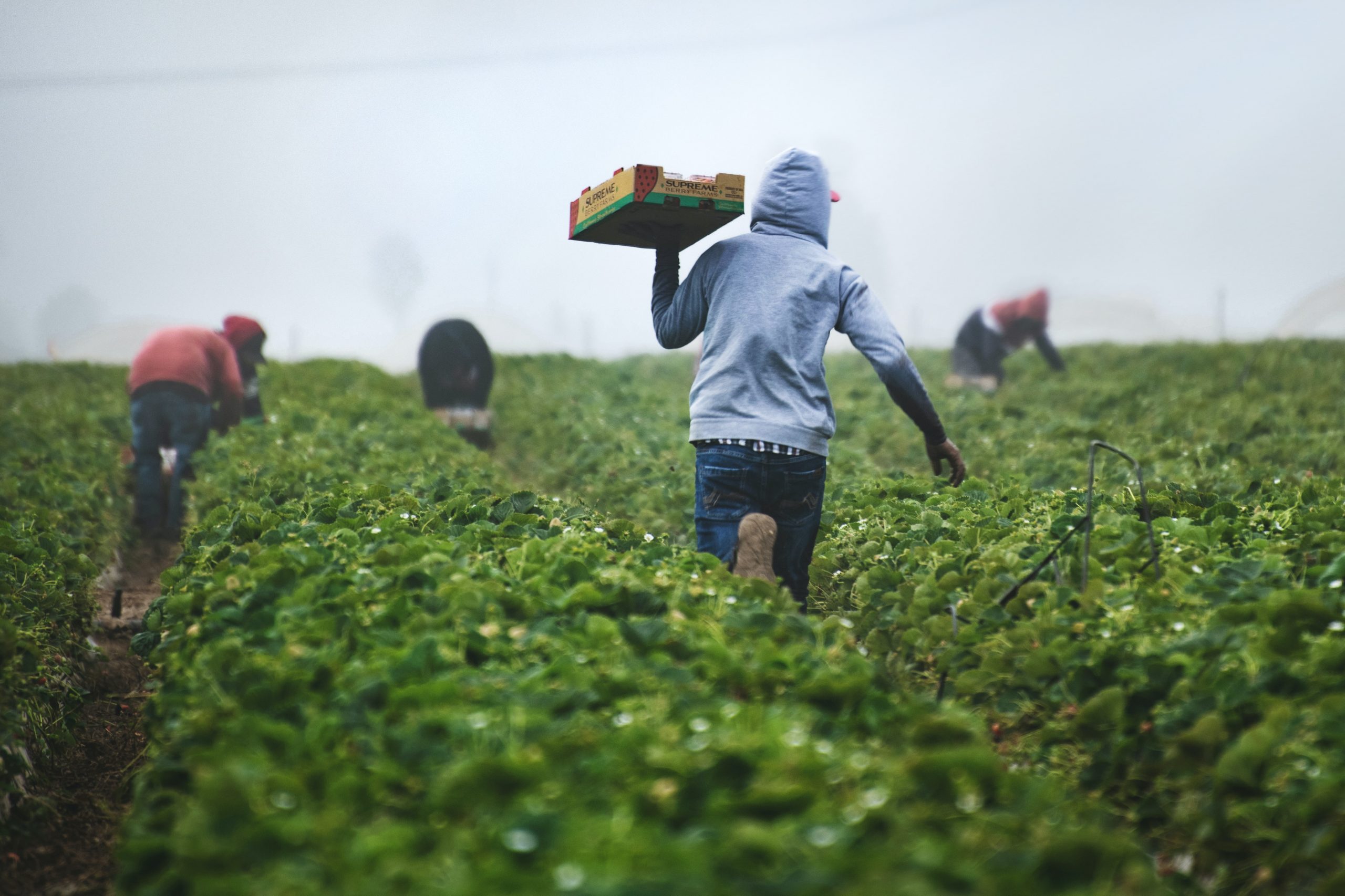The World Needs More Food
The world needs more food. By 2030 it is estimated that the world will need 60% more food than what is required today and more than 80% of that will be in developing countries like Zimbabwe. Despite needing more food, there will also be a decline in arable land as more land in used for commercial purposes. For Africa, agriculture is a development priority for governments because it solves the problem of food insecurity resulting from climate change, poor governance, conflict, and high rates of urbanisation. Africa can expect to have 2.2 billion people in cities by 2030 and 4 billion by 2100. In addition, Africa has the highest rate of fertility at an average of 4.3 births per woman (2019)1. This means on the whole, we simply need more food. Venturing into farming is a sure way to meet the current and growing demand for food security in Zimbabwe. Below are some innovations in farming which may address key challenges (of space, water and manpower availability) in the future. Some of these innovations are already being applied in Zimbabwe but there is room for more players.
Hydoponics:Is a form of farming that grows crops without the need for soil. Plants are instead grown in a water substrate with relevant nutrients. This reduces the amount of water needed as water is recycled and it cuts down on space needs.
Aquaponics: Is a system used in conjunction with hydroponics where a nutrient rich water substrate produced as waste (from animal farming) is fed into a hydroponic system to feed plants. Common examples use fish farming alongside hydronics.
Digital farming: Digital farming is advancing to replace some natural processes using Artificial Intelligence. For example, pollination can now be done using drone technology in case where bee populations are reducing or where bees are simply unreliable for pollination. Drones can also be used for aerial photography, weather assessment, wildfire management, construction, and crop harvesting. Smart sensors and big data (AI) are being used to determine the health of animals, detecting diseases in crops and tracking locations of animals where necessary. Blockchain trading is another avenue of business although famous for its use in cryptocurrencies, it is now being used for agricutural trade to decentralise trading whilst creating more secure payments systems for producers and buyers.
